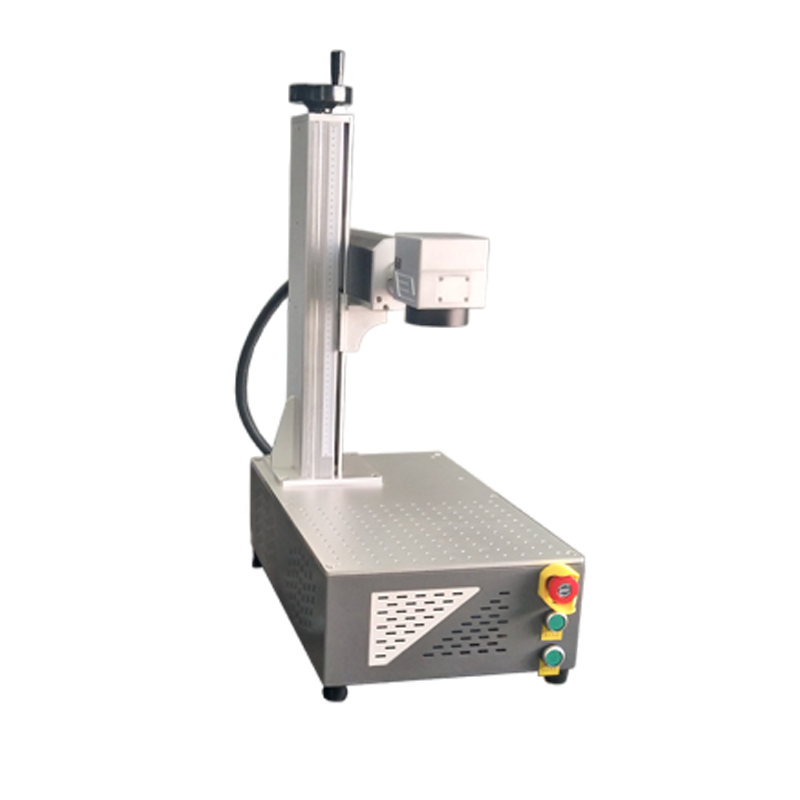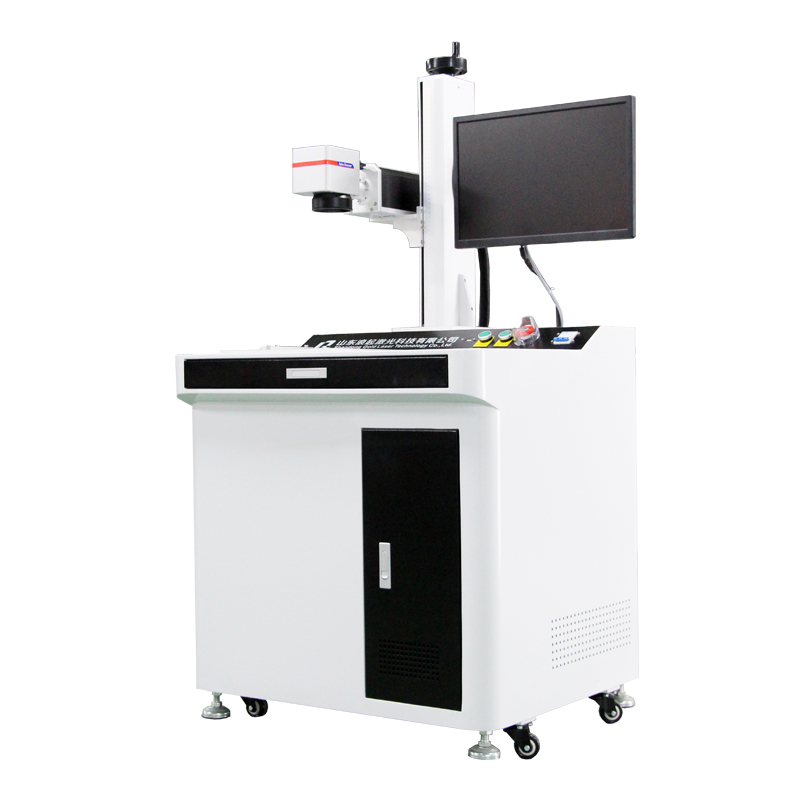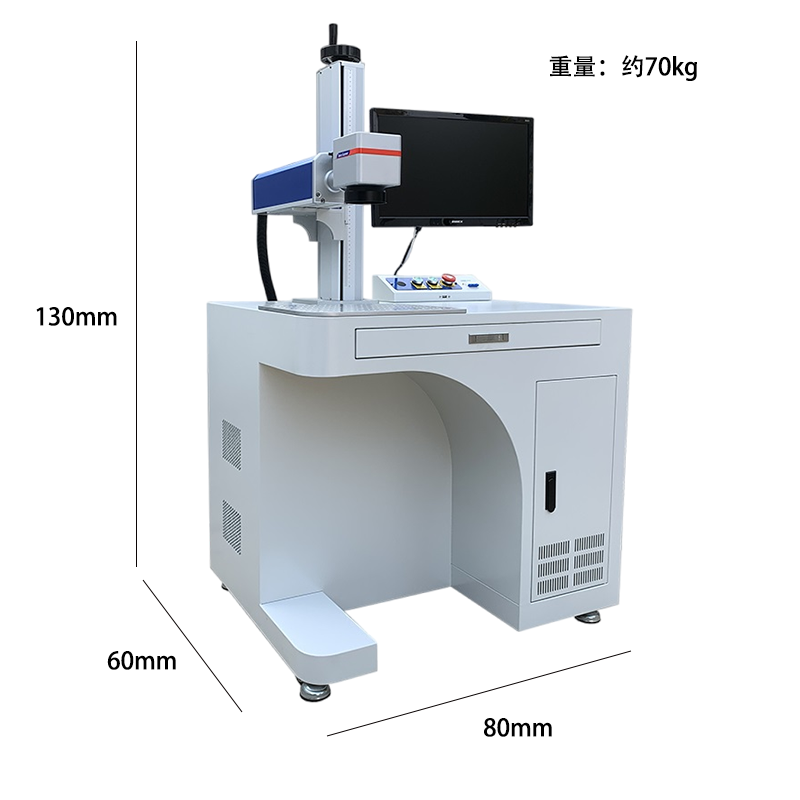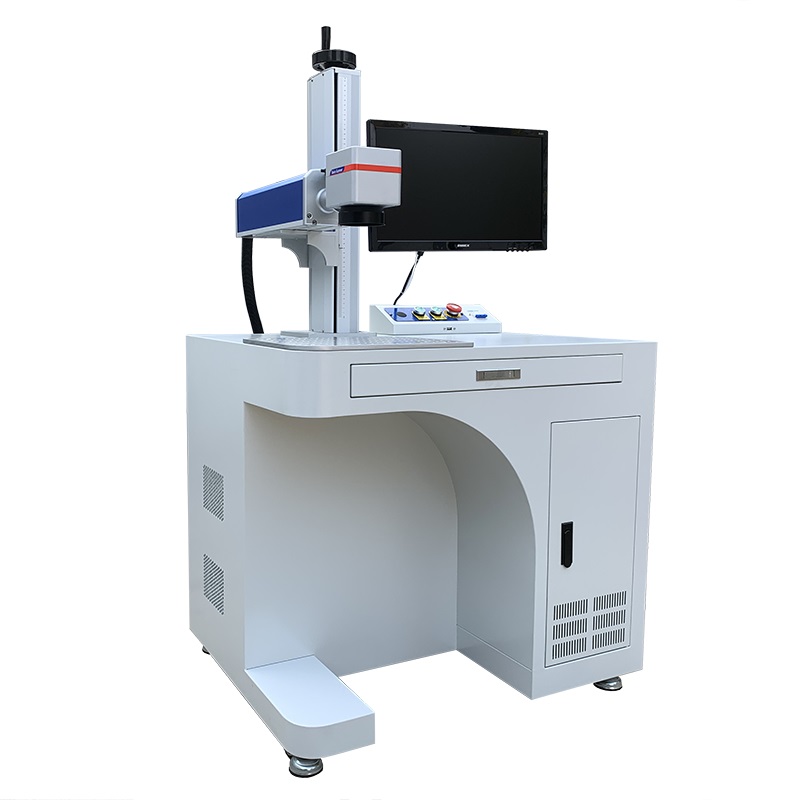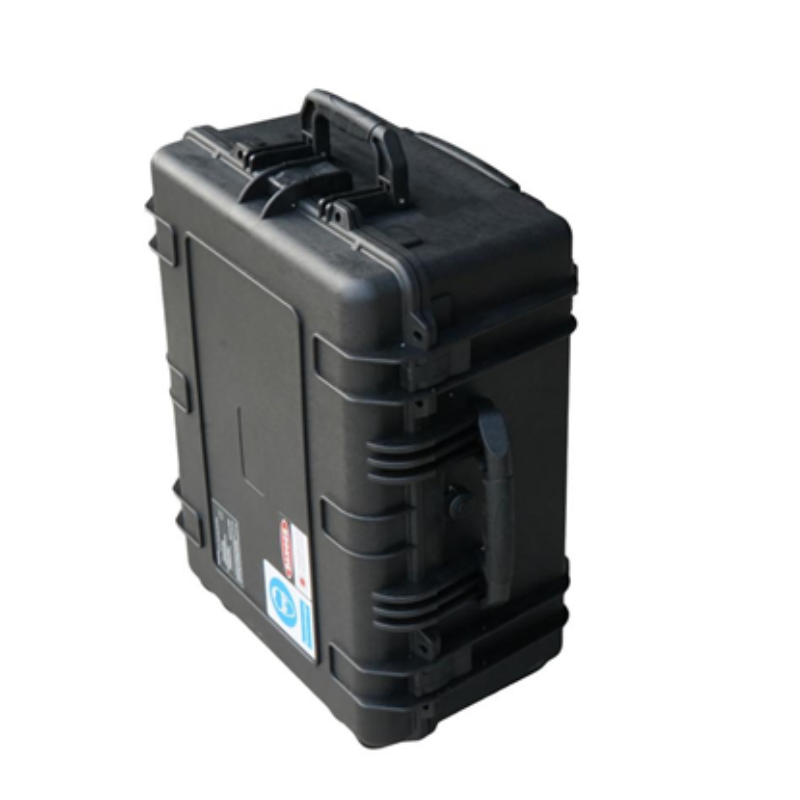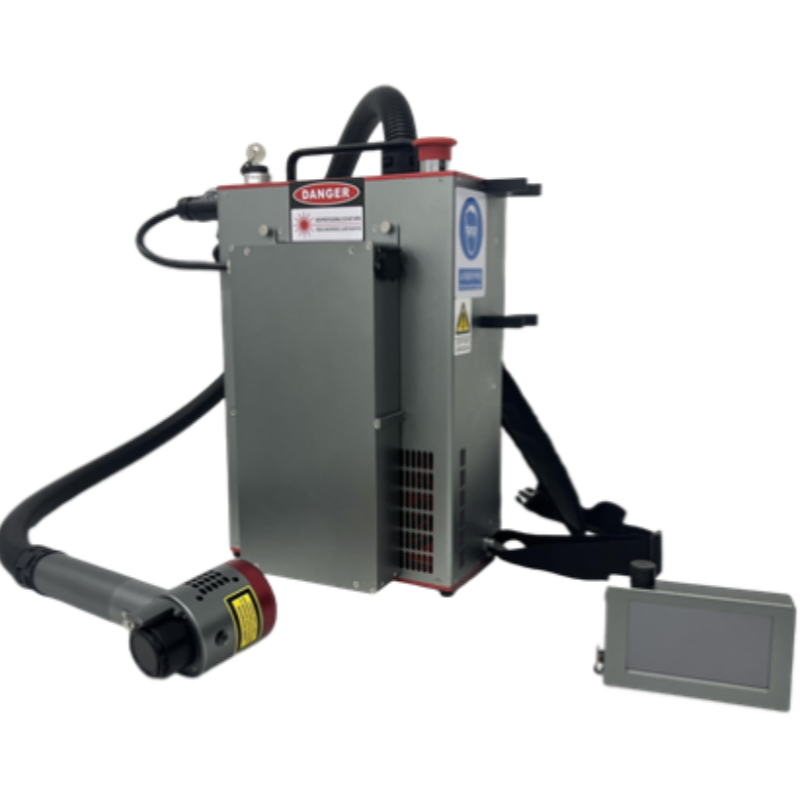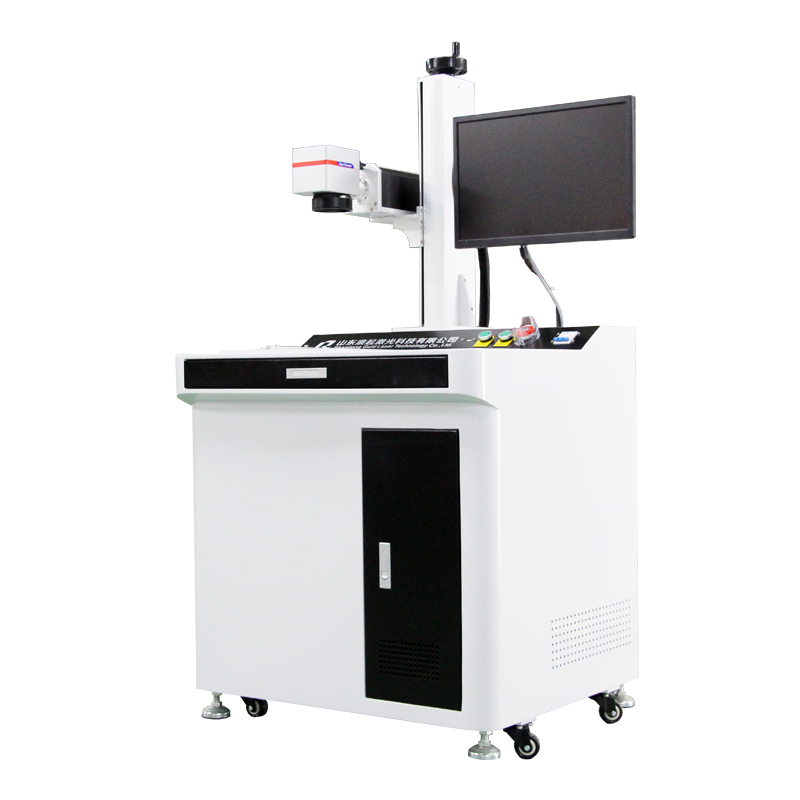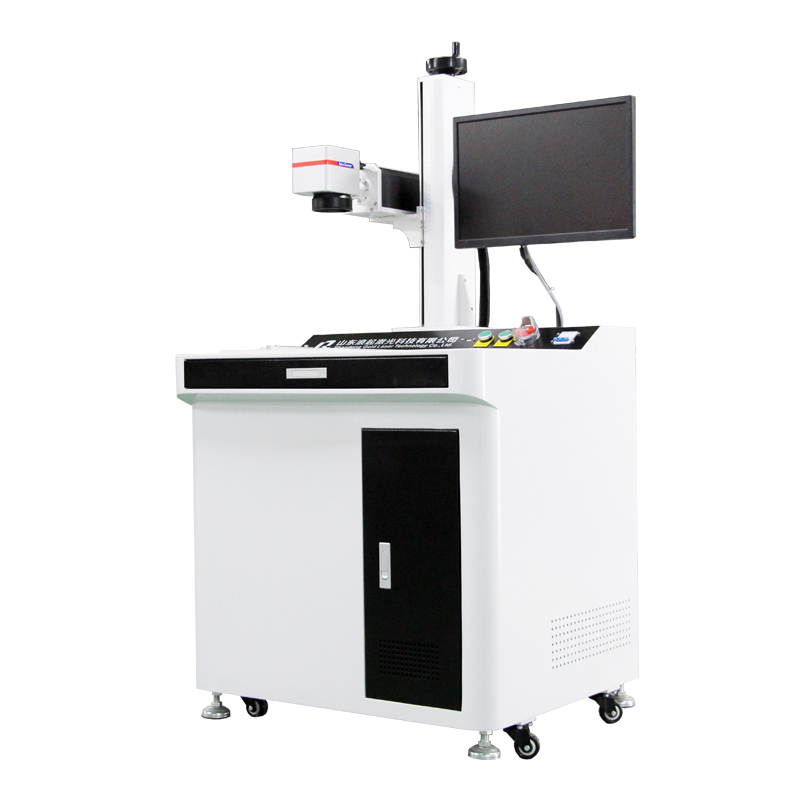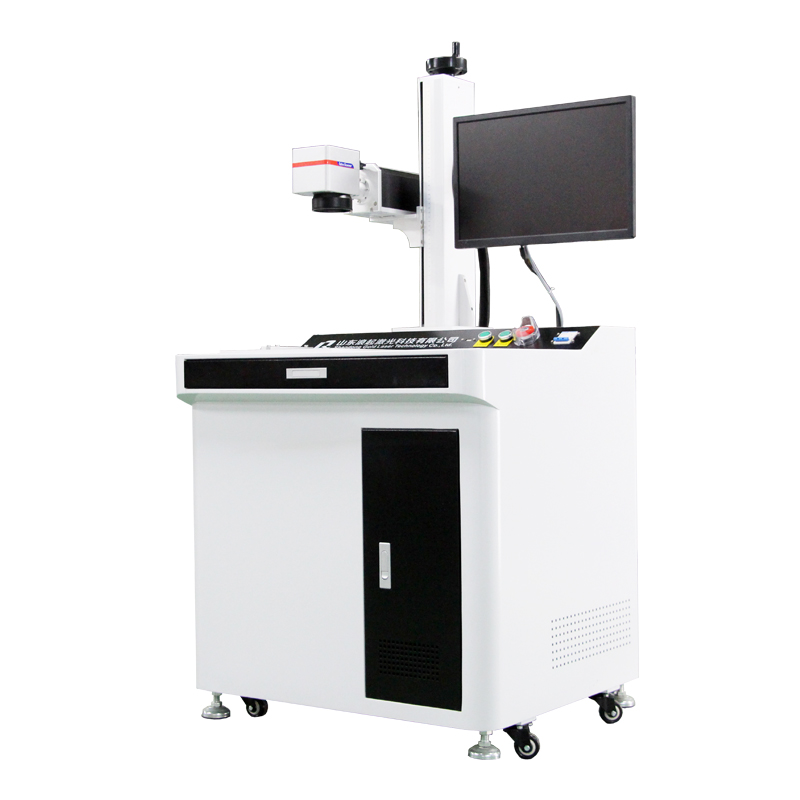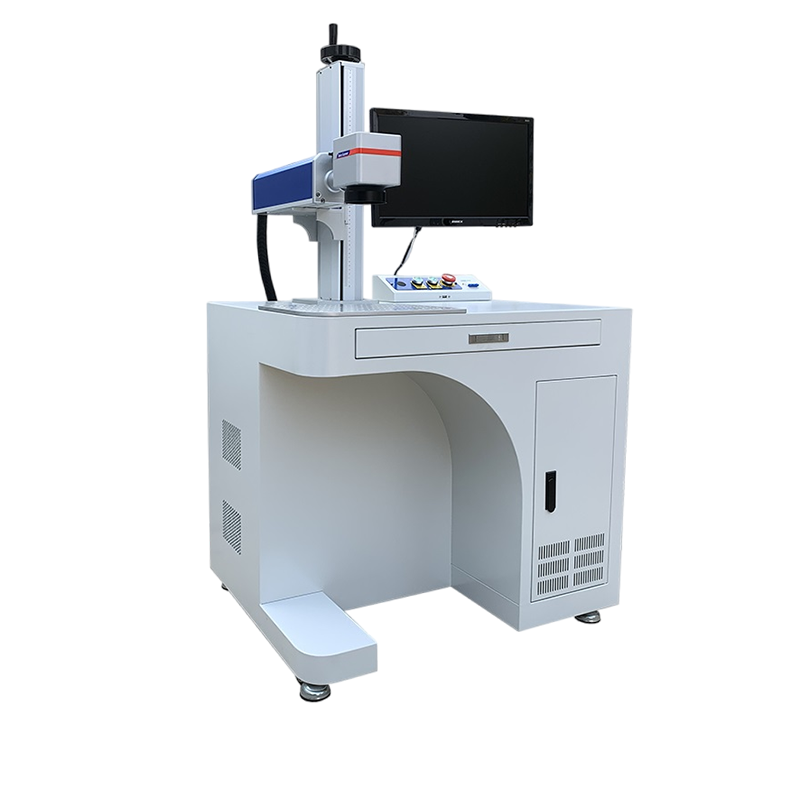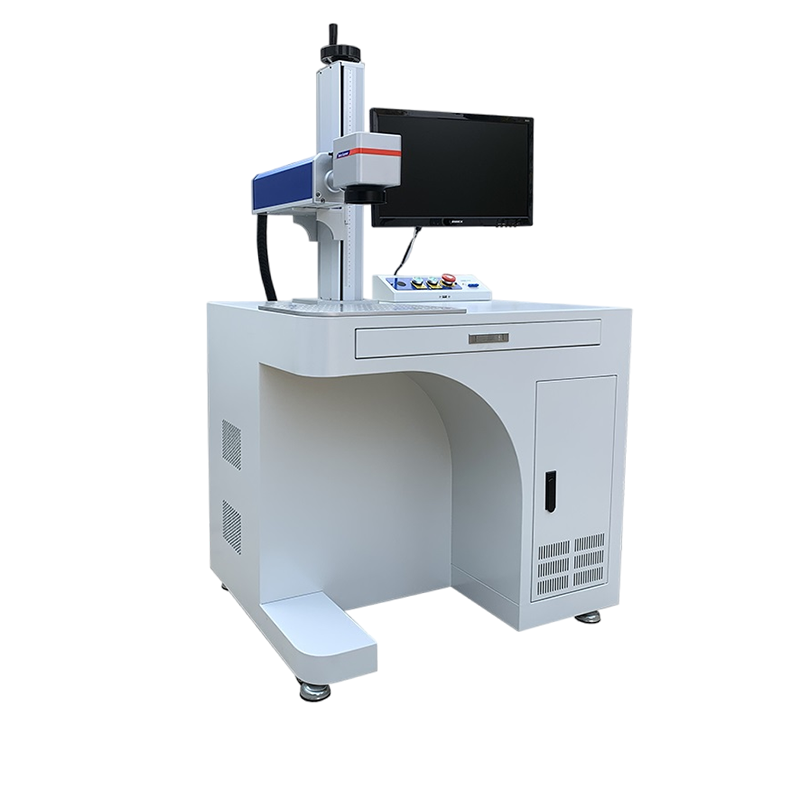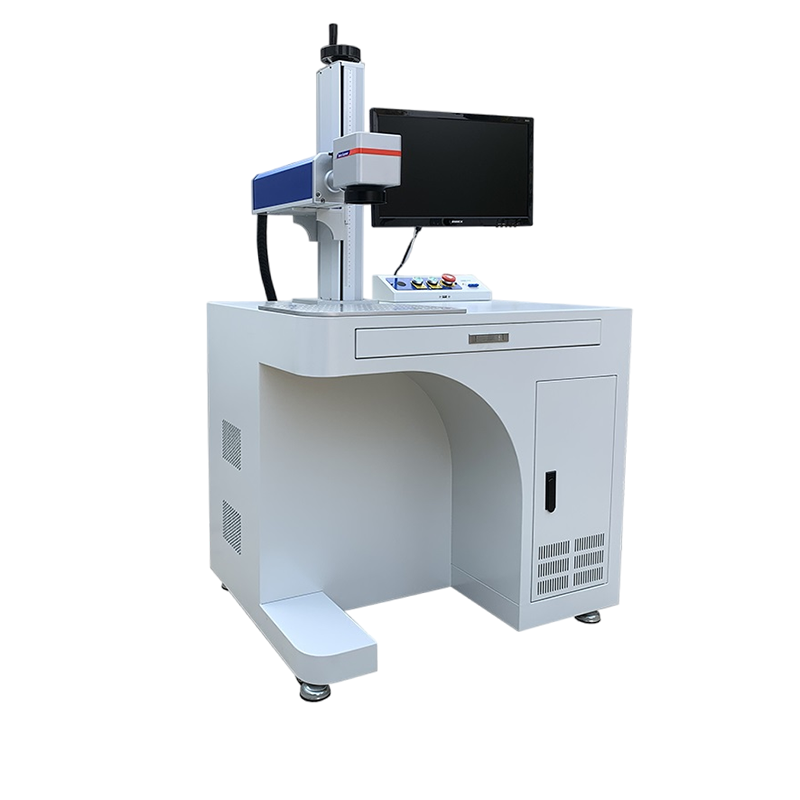Of course. Here is a detailed explanation of the key factors affecting the marking efficiency of a fiber laser marking machine, broken down into logical categories.
"Marking efficiency" is a multifaceted term that encompasses not just speed, but also mark quality, contrast, consistency, and operational cost-effectiveness. A highly efficient process produces a perfect mark at the highest possible speed with minimal waste (energy, time, or consumables).
The factors can be grouped into four main areas: Laser Source & Parameters, Material Properties, Machine Mechanics & Optics, and Operational Factors.
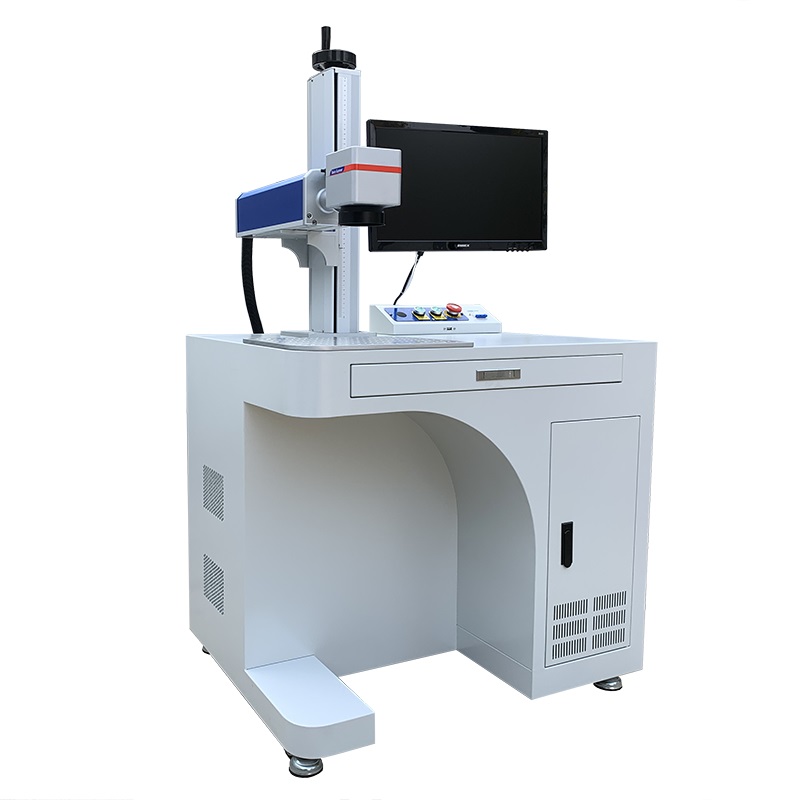
1. Laser Source and Processing Parameters (The Core Settings)
These are the most direct and adjustable factors influencing the marking process.
Laser Power (Wattage):
Impact: Higher power delivers more energy to the material surface per unit time. This generally allows for faster marking speeds and the ability to engrave deeper or mark tougher materials.
Trade-off: Excessive power on certain materials (like plastics or thin anodized aluminum) can cause burning, melting, unwanted ablation, or poor contrast. Finding the optimal power is crucial.
Marking Speed (mm/s or in/s):
Impact: This is the speed at which the galvanometer scanners move the laser beam. Faster speeds reduce cycle time (increasing throughput) but can result in a lighter, shallower mark if the power isn't adjusted accordingly.
Trade-off: There is an inverse relationship between speed and mark quality/depth. For a deep engraving, you must slow down. For a high-contrast surface anneal, you must find the right speed to allow the heat to react with the material without burning it.
Frequency (Pulse Repetition Rate - kHz or MHz):
Impact: This controls whether the laser operates in a pulsed or quasi-CW (continuous wave) mode. It drastically affects how the material interacts with the beam.
Low Frequency (e.g., 20-100 kHz): Creates high-peak-power pulses, ideal for ablation (material removal) like deep engraving, cutting, or marking on metals.
High Frequency (e.g., 100-1000+ kHz): Creates a more continuous, lower-peak-power beam, ideal for annealing (color change on metals), foaming (plastics), or producing smooth, fine finishes.
Mismatching frequency and material is a primary cause of low efficiency.
Fill Settings (Hatch Spacing/Line Spacing):
Impact: When filling a large area (like a logo), the laser scans back and forth in lines. The distance between these lines is the hatch spacing.
Wide Spacing: Faster marking but results in visible lines (striations) and an uneven finish.
Narrow Spacing: Slower marking but produces a smooth, solid, and homogeneous finish.
Efficient marking finds the widest acceptable spacing that still meets quality standards.
Q Pulse Width:
Impact: This is the duration of each laser pulse (nanoseconds). Shorter pulses provide higher peak power for precise, cold ablation (minimizing heat-affected zones). Longer pulses deliver energy more gently, which is better for annealing and surface marking.
Advanced machines allow pulse width adjustment to fine-tune the process for different materials.
2. Material Properties (The "Canvas")
The material being marked is not passive; its properties dictate the required laser parameters.
Composition and Coatings: Different metals (stainless steel, aluminum, titanium), plastics (ABS, PET, Polycarbonate), ceramics, and coatings (paint, anodization) have unique absorption spectra. A fiber laser's 1064nm wavelength is highly absorbed by metals and many plastics, but poorly absorbed by transparent or untreated materials. Laser-sensitive pigments and coatings are often used on plastics to improve mark efficiency and contrast.
Surface Finish and Color: A dark, rough surface absorbs laser energy more efficiently than a bright, reflective, or mirror-finished surface. Marking on a polished stainless-steel surface often requires adjusted parameters (sometimes higher power or lower speed) compared to a brushed finish.
Thermal Properties: Materials with high thermal conductivity (like copper and aluminum) dissipate heat away from the mark point quickly. This requires higher power or slower speeds to achieve a visible mark. Materials with low conductivity (like plastics or stainless steel) are more easily marked as heat concentrates at the point of impact.
3. Machine Mechanics and Optics (The "Hardware")
The physical condition and quality of the machine itself are fundamental.
Laser Source Quality and Age: The output power of the laser diode degrades over time (typically tens of thousands of hours). An old or low-quality laser source will have lower peak power and unstable energy output, leading to slower speeds and inconsistent marks.
Galvanometer Scanner (Galvo) Speed: The galvo system consists of mirrors mounted on high-speed motors. The speed and accuracy of these motors determine how fast the laser beam can be positioned and moved. High-speed galvos are essential for achieving high overall marking efficiency, especially with complex vector graphics.
F-Theta Lens Quality: This lens focuses the laser beam onto the marking plane. A high-quality lens ensures a perfectly round, consistent spot size across the entire marking field. A poor-quality or damaged lens will create a distorted spot, forcing the use of lower speeds or higher power to compensate for poor focus, which kills efficiency.
Cooling System Stability: Fiber lasers generate heat. An inefficient or failing cooling system (usually water chillers) causes the laser source to overheat. This leads to power fluctuation and output drop, resulting in inconsistent marks and forcing operators to slow down the process to maintain quality.
4. Operational and Environmental Factors
Software and File Design: The marking software and the design of the file itself play a role. Vector-based files (lines and curves) are marked much faster than raster files (bitmap images, which the laser must scan line-by-line). Optimizing artwork to minimize complex fills and unnecessary details improves efficiency.
Fixturing and Set-up: How the part is held in place is critical. If parts are not held consistently flat to the focal plane, the laser spot will defocus, leading to weak, inconsistent marks and requiring re-work. Efficient production uses custom jigs and fixtures for fast, accurate part placement.
Operator Skill and Experience: A skilled operator understands the interplay of all the factors above. They can quickly dial in the optimal parameters for a new material, maintain the machine, and troubleshoot issues, which is a massive contributor to long-term efficiency.
Summary Table for Quick Reference
| Factor | Impact on Efficiency | How to Optimize |
|---|---|---|
| Laser Power | Directly impacts marking speed and depth. | Use the minimum power needed for the desired result to maximize speed and avoid heat damage. |
| Marking Speed | Directly impacts cycle time. | Balance with power and frequency; find the max speed before quality degrades. |
| Frequency (Hz) | Determines interaction type (ablation vs. annealing). | Match to material: Low Hz for engraving, High Hz for annealing/foaming. |
| Fill Spacing | Impacts fill speed and surface smoothness. | Use the widest spacing that still provides an acceptable finish. |
| Material Type | Dictates the required parameter set. | Test and document parameters for each material/color/finish combination. |
| Galvo Speed | Limits maximum marking speed for complex designs. | Invest in a machine with high-speed galvos for high-throughput applications. |
| Lens Quality | Affects spot size and consistency. | Keep the lens clean; inspect and replace if damaged. |
| Cooling System | Maintains stable laser output power. | Ensure chiller is functioning correctly and set to the right temperature. |
| File Design | Impacts how the laser path is generated. | Use vector graphics where possible; optimize raster images. |
Conclusion:
Achieving peak marking efficiency is not about maximizing any single setting but about finding the perfect synergy between the laser parameters, the material properties, and the machine's capabilities. It is a balancing act that requires systematic testing and a deep understanding of the laser-material interaction. Regular maintenance of the optics and cooling system is equally critical to sustaining this efficiency over the machine's lifespan.


